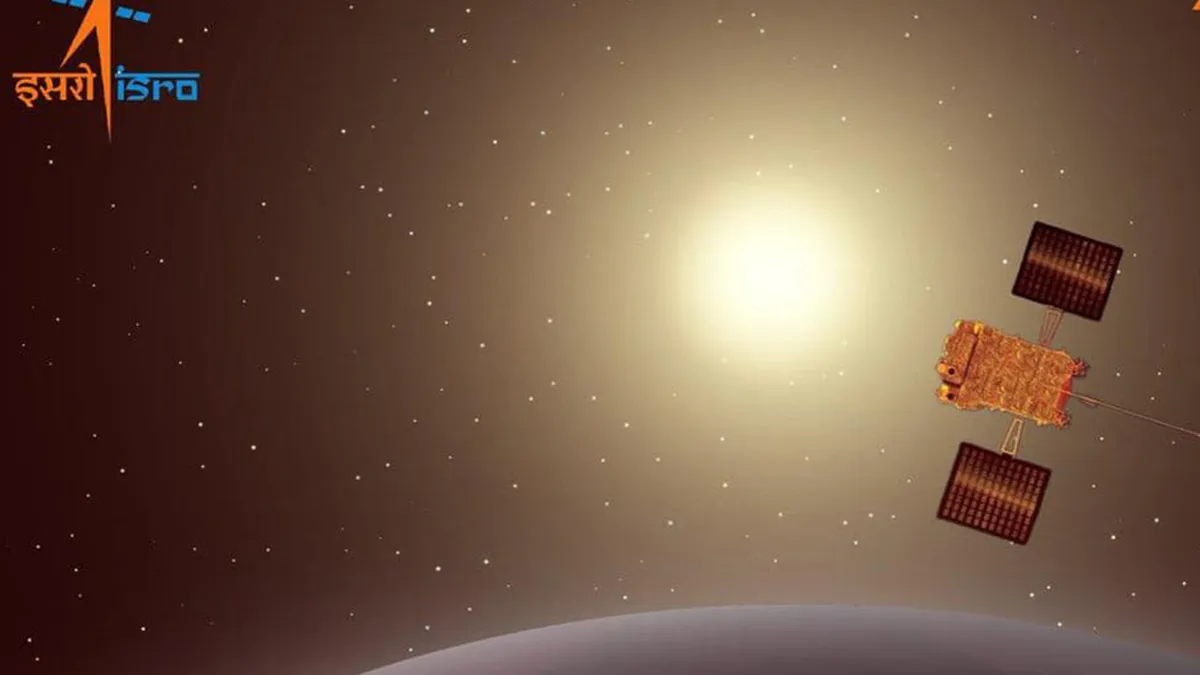
The Aditya-L1 spacecraft has been deployed by the Indian Space Research Organisation (ISRO) into a halo orbit around the Lagrangian point (L1). Aditya-L1, India's first solar mission, launched on September 2, 2023, took 127 days to reach the L1 point on January 6. After travelling 1.5 million kilometres, ISRO scientists and engineers at the ISRO Telemetry Tracking and Command Network (ISTRAC) in Bengaluru executed a firing manoeuvre that put the spacecraft in a halo orbit around L1.
The Aditya-L1 has arrived at its destination, announced Prime Minister Narendra Modi. "India establishes another historic moment. Aditya-L1, India's first solar observatory, arrives at its location. It is evidence of the scientists' unwavering commitment to completing some of the trickiest and most demanding space missions. I join the country in praising this incredible accomplishment. For the interest of mankind, we shall keep exploring new scientific frontiers," Mr. Modi stated in a post on X (previously Twitter).
The Aditya-L1 halo orbit insertion was completed at 4 p.m., according to the ISRO, and the last part of the manoeuvre comprised the brief firing of control engines.
On September 2, 2023, the Satish Dhawan Space Centre in Sriharikota launched Aditya-L1, the first observatory in India to study the sun. From September 3 to September 15, ISTRAC then conducted four earthbound exercises. On September 19, Aditya-L1 executed the Trans-Lagrangian 1 insertion operation, initiating a 110-day journey to the target location centred around the L1 point. The distance of L1 from the earth is approximately 1% of the earth-sun distance.The Aditya-L1 satellite has a higher benefit of being able to observe solar activity unhindered since it will be able to watch the sun continually without any occultation or eclipse. Aditya-L1 is equipped with seven payloads that use particle and electromagnetic detectors to study the photosphere, chromosphere, and the sun's outermost layer, or corona.
Four payloads will observe the sun directly from the unique vantage point of L1, while the remaining three payloads will conduct in-situ particle and field research at L1. The satellite, according to the ISRO, will orbit L1 in an erratic orbit in a plane that is almost perpendicular to the line that connects the earth and the sun throughout the duration of its mission.
Over the course of its five-year mission, Aditya-L1's payloads should deliver the most important data to comprehend the issues surrounding coronal mass ejection, pre-flare and flare activities, their characteristics, space weather dynamics, and particle and field propagation.
